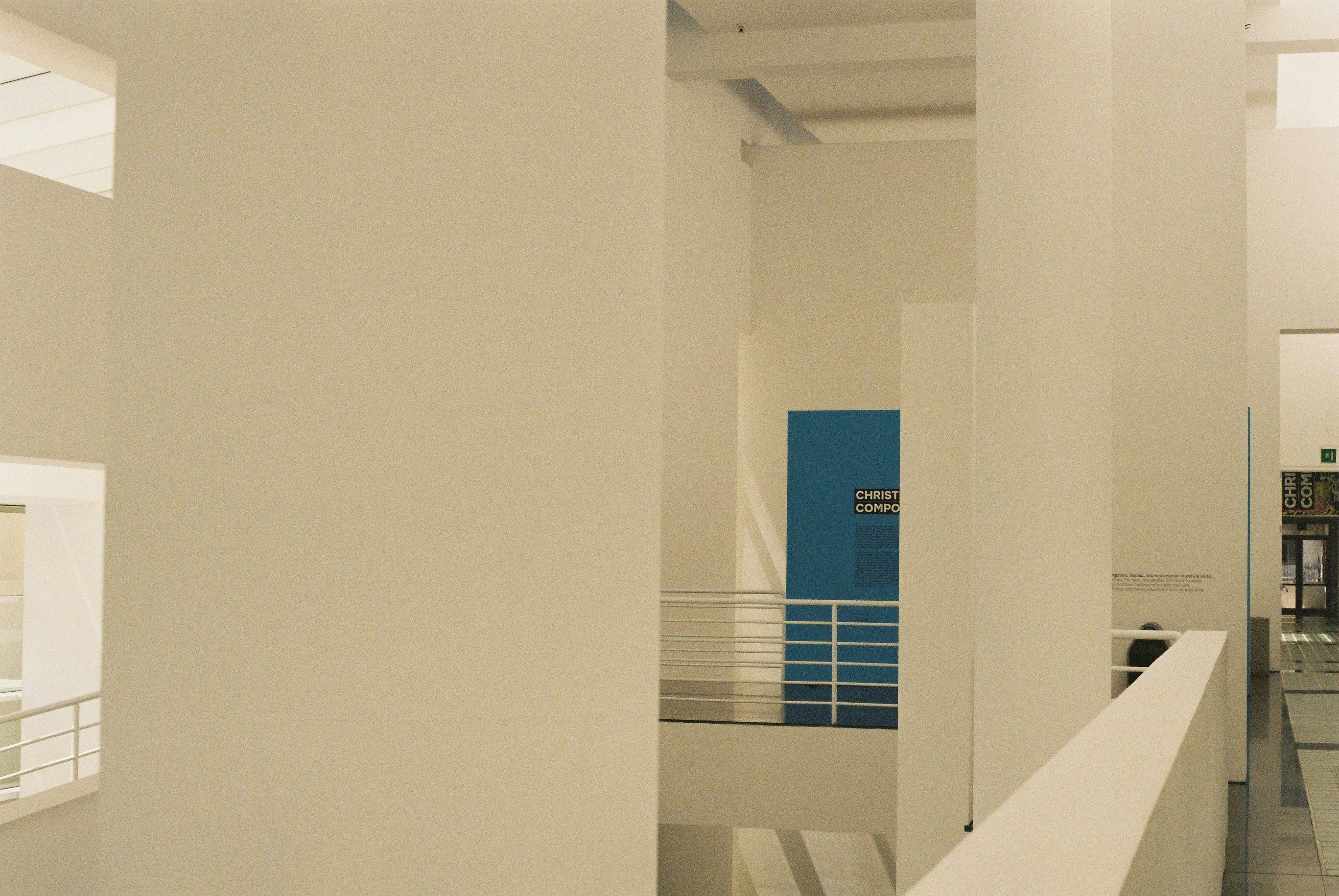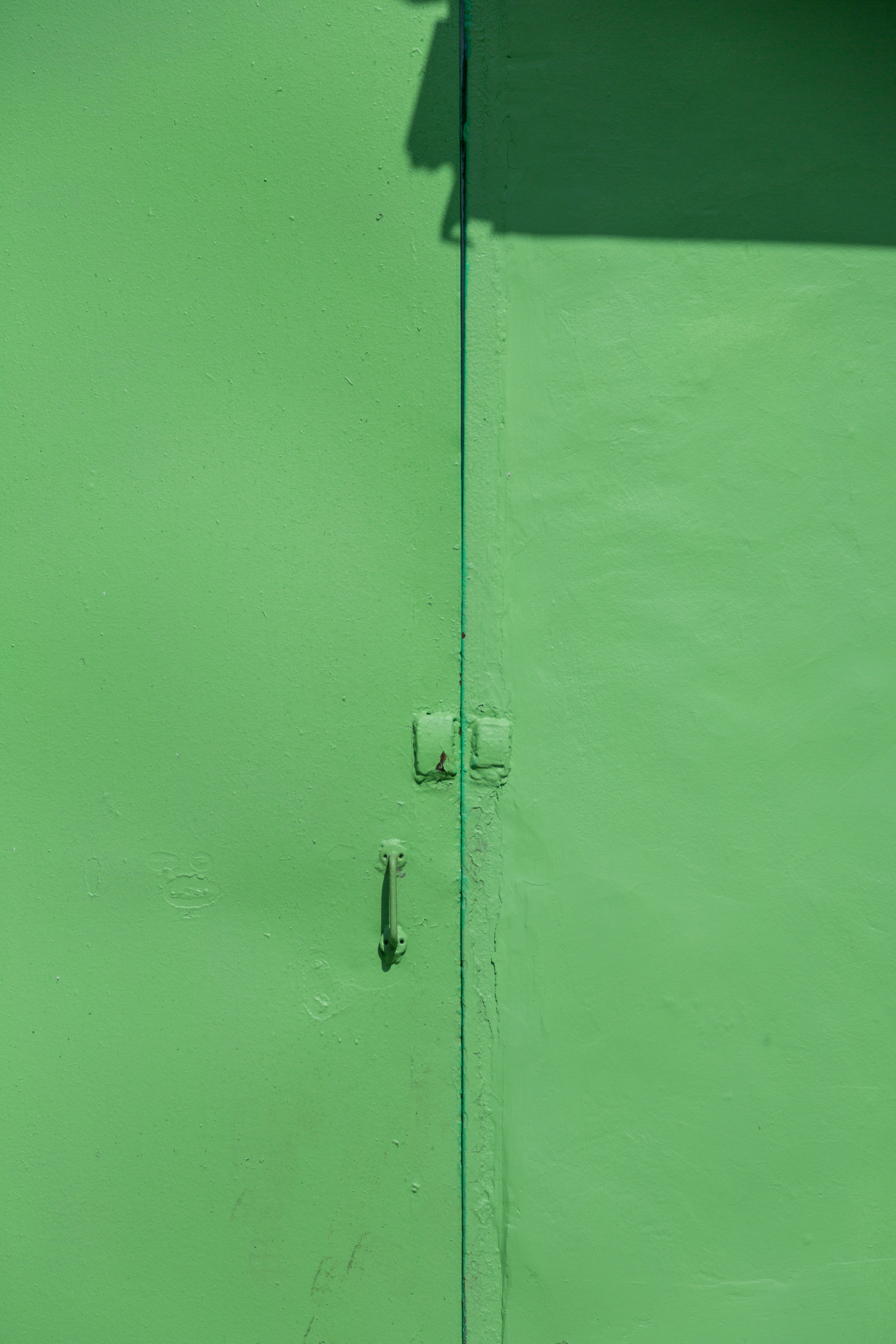Hotel pricing strategies - How do hotels calculate prices

Hotel Pricing Strategies: How Hotels Calculate Room Rates & Maximize Revenue
What’s the most profitable hotel out there? The one that masters its pricing strategy.
Pricing isn’t just about setting a number—it’s a critical part of revenue management that directly impacts occupancy, ADR (Average Daily Rate), and ultimately, RevPAR (Revenue per Available Room).
In fact, a Pennsylvania State University study revealed that occupancy has more impact on a hotel’s operating income than ADR. This proves that simply guessing room rates—or focusing on ADR alone—won’t cut it.
So how do hoteliers set effective room prices? Let’s break down the fundamentals, explore different hotel pricing strategies, and uncover why dynamic pricing is the most profitable approach.
What Is a Hotel Pricing Strategy?
In simple terms, a hotel pricing strategy is the method used to set rates for rooms in order to maximize profit while staying competitive.
Hotels take into account a variety of factors when setting room prices, including:
- Location & unique selling proposition
- Fixed costs (salaries, taxes, mortgage, utilities)
- Variable costs (marketing, OTA commissions, food & beverage)
- Online reputation & guest reviews
- Market trends & competitor pricing
- Seasonality and events
- Guest segments (corporate, groups, FIT travelers)
- Unforeseen circumstances (weather, pandemics, local disruptions)
Common Hotel Pricing Approaches
1.
Customer-Based Pricing
Rates are set according to how guests perceive your value.
- Corporate rates → pre-negotiated and stable.
- Group rates → discounted for bulk bookings.
- BAR (Best Available Rate) → dynamic, fluctuating with demand.
Guests pay for the experience your property provides, not just the room. A honeymoon couple may happily pay a premium for an ocean-view suite, while a backpacker may simply choose the cheapest bed.
2.
Occupancy-Based Pricing
Rates shift depending on occupancy patterns.
- Lower rates on weekdays to attract bookings.
- Higher rates on weekends or peak demand periods.
- Opposite for business hotels (higher weekday rates, lower weekends).
The limitation? It doesn’t account for external factors like festivals, conferences, or sudden surges in demand.
3.
Dynamic Pricing (Most Profitable)
Unlike fixed rates, dynamic pricing adjusts room rates in real time based on demand, competitor activity, seasonality, weather, and even flight data.
This strategy:
✔ Maximizes both occupancy and ADR
✔ Keeps you competitive at all times
✔ Boosts RevPAR and overall revenue
With tools like Pricepoint, dynamic pricing is automated—AI analyzes market data 24/7 and updates your rates multiple times per day.
4 Proven Hotel Pricing Strategies to Boost Revenue
- Length-of-Stay Restrictions
- Example: Minimum 2-night stay during high-demand weekends.
- Benefits: Reduces costly one-night bookings, maximizes revenue in peak periods.
- Cancellation Policy Pricing
- Standard flexible rates for travelers who need options.
- Non-refundable or flexible non-refundable rates for those who plan ahead.
- Business travelers often pay more for flexible cancellations, while families prefer non-refundable discounts.
- Forecasting-Based Pricing
- Uses historical and real-time data to predict demand.
- Helps hoteliers be proactive instead of reactive.
- Requires revenue management systems or rate shopper tools to track trends and competitor rates.
- Upselling & Cross-Selling
- Upselling: Encourage guests to upgrade (e.g., from standard to sea view).
- Cross-selling: Offer spa treatments, tours, or F&B packages.
- Both strategies boost ancillary revenue and improve guest satisfaction.
Can You Combine Pricing Strategies?
Yes—but with caution. Not every strategy works across every distribution channel. The key is to:
- Analyze your market conditions.
- Test different strategies.
- Track which ones deliver the best balance of occupancy, ADR, and RevPAR.
At Pricepoint, we’ve found that dynamic pricing combined with selective upselling and length-of-stay restrictions creates the most profitable mix for independent hotels.
Final Takeaway
There’s no single “perfect” pricing model for all hotels. But if you want to stay competitive and maximize revenue, dynamic pricing is the strategy to prioritize.
With an AI-powered revenue management system like Pricepoint, you can:
- Automate daily rate updates
- Track competitor prices in real time
- Optimize occupancy, ADR, and RevPAR
- Save time while boosting profitability
👉 Want to see how it works? Book a free demo with Pricepoint and start growing your hotel’s revenue today.





